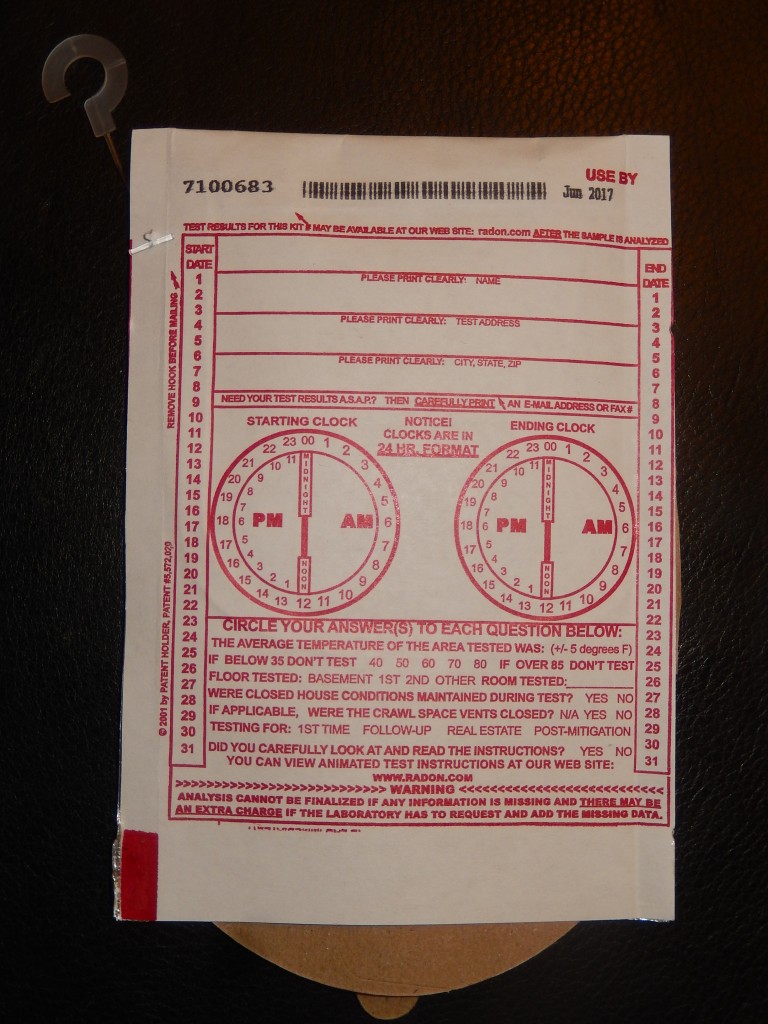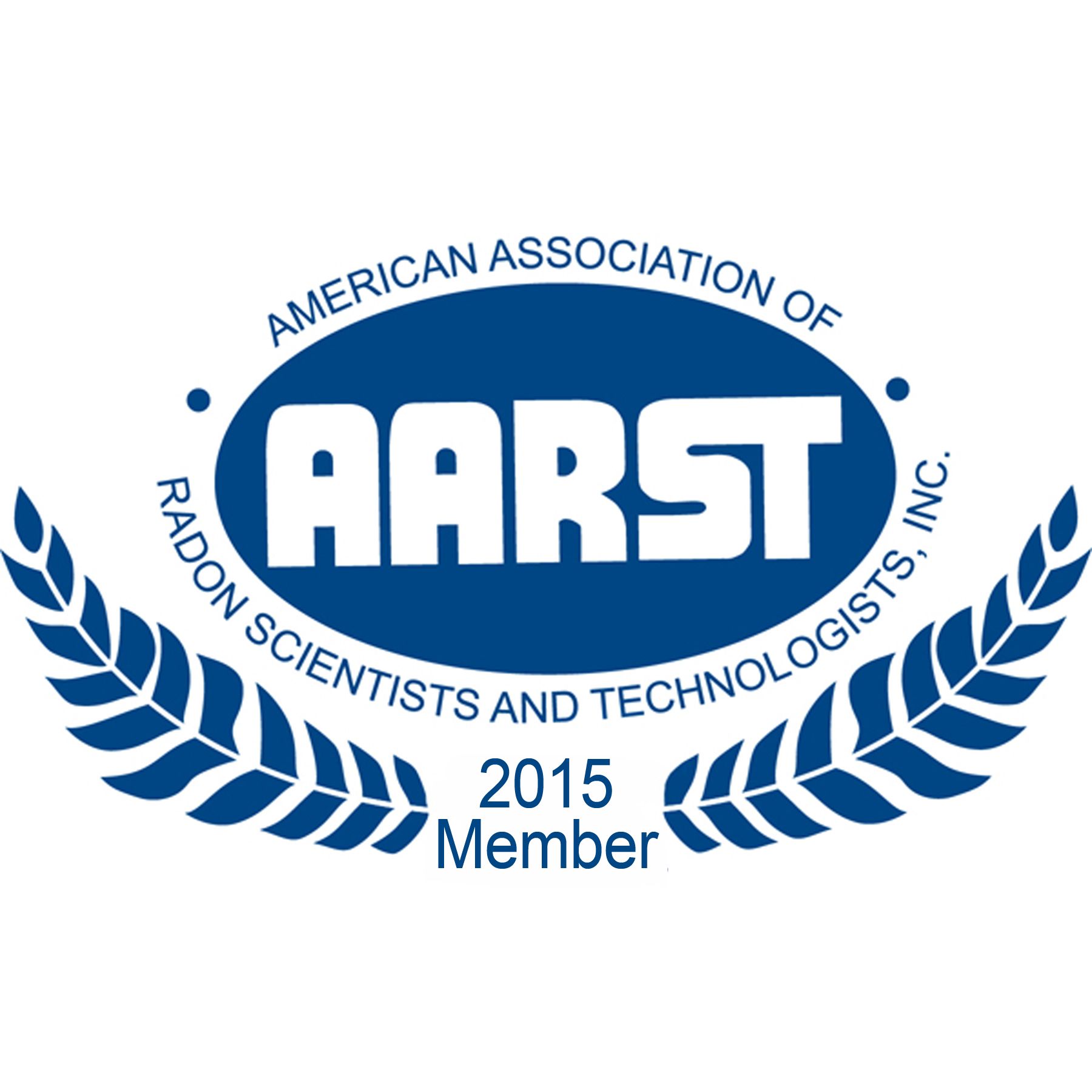When is the Best Time of Year to Test Your Home For Radon Gas
Radon gas is colorless, odorless, invisible, and you are constantly surrounded by it especially in your home. The gas is produced naturally from a breakdown of uranium in soil, rock, and water. When the levels of radon gas get too high and infiltrate your home, it can be deadly. Unlike carbon monoxide, there is not a device that you can leave in your home to alert you when conditions become dangerous. While there are monitors homeowners can get, they are often inaccurate and cannot monitor both radon gas and carbon monoxide.
The dangers of radon gas is not well known and is rarely discussed. This poses a large threat as symptoms of radon gas exposure take a long time to detect, so you may not be away that someone in your home is experiencing symptoms. Long term exposure can lead to cancer and even death. In fact, radon gas is the leading cause of lung cancer among nonsmokers. The only way to truly protect your home and family is with regular radon gas testing. But how do you know when is the best time of year to have your home tested?
Ideal Conditions for Testing Your Home for Radon
The best time to test is during the fall or winter months since your home is closed up and windows are not kept open. As a result, radon levels will be the highest during these cold months. You can test any time of year so long as windows and doors remain shut for the duration of the test in order to recreate fall and winter conditions. Testing should never be done during snow, rain, or wind storms as this can cause the readings to fluctuate from 2.0 to 6.0 pci/l points. This occurs as a result of negative pressure on the ground which forces more radon to travel up through the cracks and foundation into the home.
Types of Radon Tests
While there are a variety of radon gas testing procedures, they are not equally effective. Most homes will not be able to obtain an accurate result from just one properly executed screening measurement. Homes that are already equipped with a radon mitigation system would only require testing every few years; however, radon gas measurements should be ongoing since radon levels can change constantly.
Continuous Monitor by an Inspector
A specially trained and certified home inspector will set up a computerized test for at least 48 hours. Once the test has concluded, a printout is generated which shows the hour by hour readings which determines the overall average level. These monitors are especially good at determining if the testing conditions are not ideal. For instance, the test will show a drastic drop if a window is opened during the test. If the average goes above 4.0 pci/l, the Environmental Protection Agency (EPA) recommends that a mitigation system be installed. While detailed, a continuous monitor can be expensive with most inspectors charging anywhere from $150-$300. Furthermore, costs could go up as inspectors have to pay to own and maintain the monitor. Monitors are re-calibrated a minimum of once a year and documented by the American Association of Radon Scientists and Technologists.Inspectors are required to show proof of re-calibration and registration. Monitors that are not re-calibrated will undoubtedly result in an inaccurate reading, resulting in a potential loss of $850-$3000 if it is assumed the home needs radon mitigation.
Homeowner Radon Monitor
Homeowners can purchase computerized tests to use in their home to detect radon levels; however, the results may appear misleading as wind, snow, and rain can increase the levels. The monitor may spike up to 9.0 pci/l simply because the wind picked up that hour, not because the levels of radon gas increased. While these monitors will provide an average over a seven day period, they are only about 50% accurate, expensive, and can be tampered with easily.
Charcoal Radon Test Kits
These tests can be purchased at hardware stores, online, or directly from testing labs. American Radon, LLC will send these kits to people living in Colorado absolutely free--including lab fees. They do not require power and are often used the test the accuracy of radon monitors. They can be used during any season so long as all external doors, windows, and vents remain closed for the entire duration of the test. Depending on the test, it should be left in place for 2-8 days and in the lowest livable space.Crawl spaces are not a suitable location for a test as your family does not live in there. However, unfinished basements are suitable as this is an area that is potentially habitable. Once the test is concluded, it must arrive at a lab within 10 days so the radon does not decay and effect the reading. Priority mail will ensure that your test arrives at a lab within 2-3 business days.
If you would like to test your home or office for radon give American Radon, LLC a call. We’ll send you a FREE radon test and if you have elevated levels of radon we can help you control your radon levels with a mitigation system installation. Call 720-465-1495 for your FREE radon test. We serve all of Colorado including radon mitigation in Broomfield, and all other areas of Colorado.
For more radon tips including symptoms of radon poisoning please check out our blog.








































